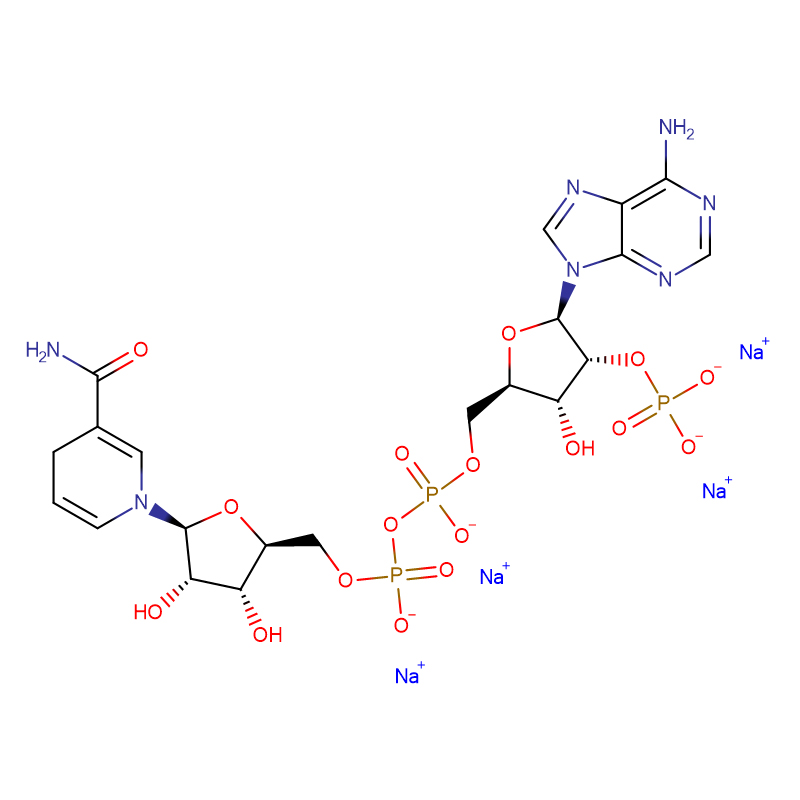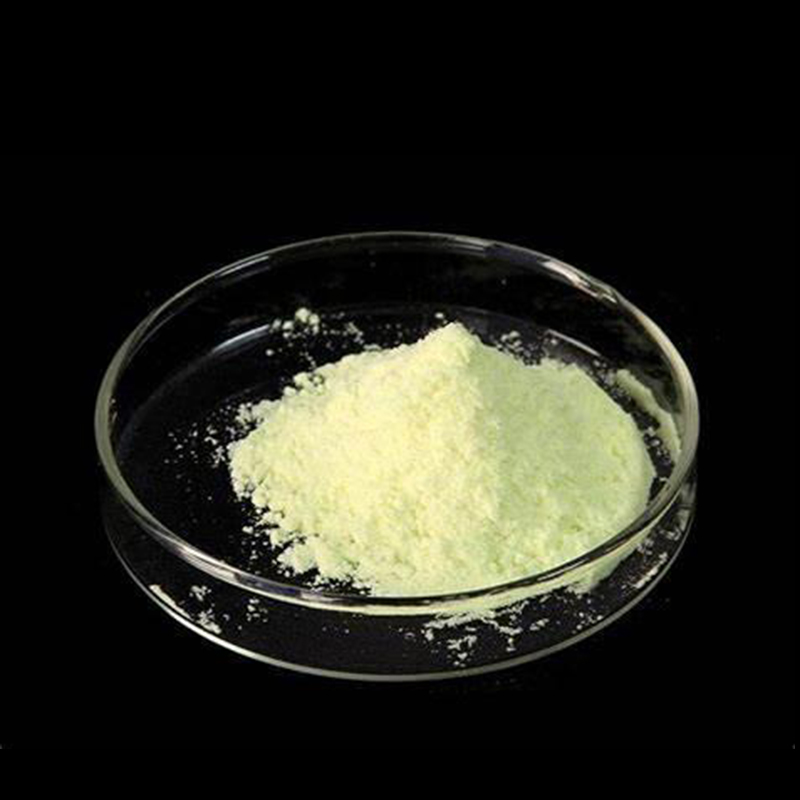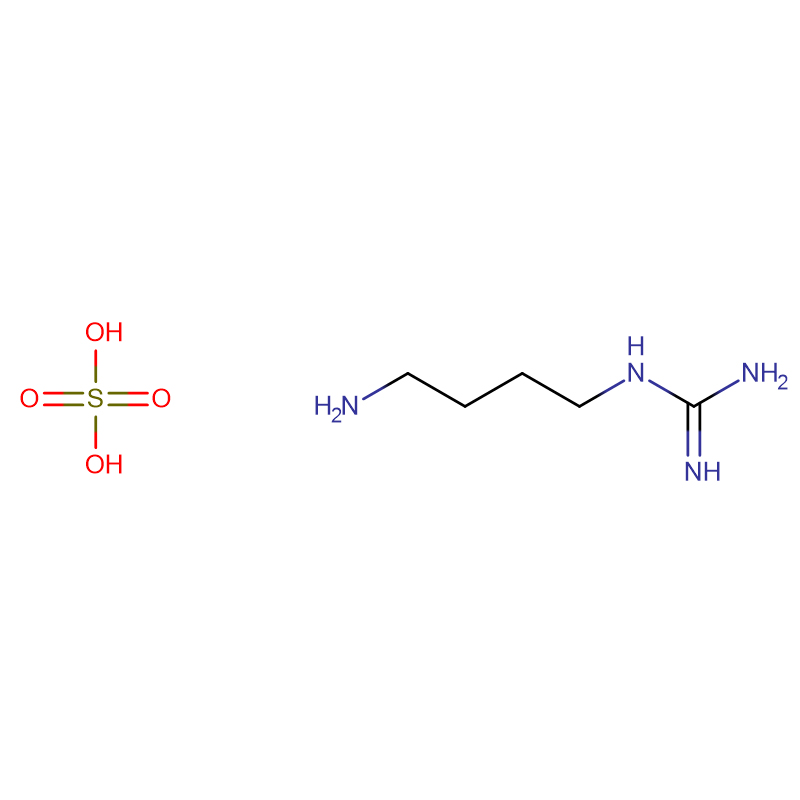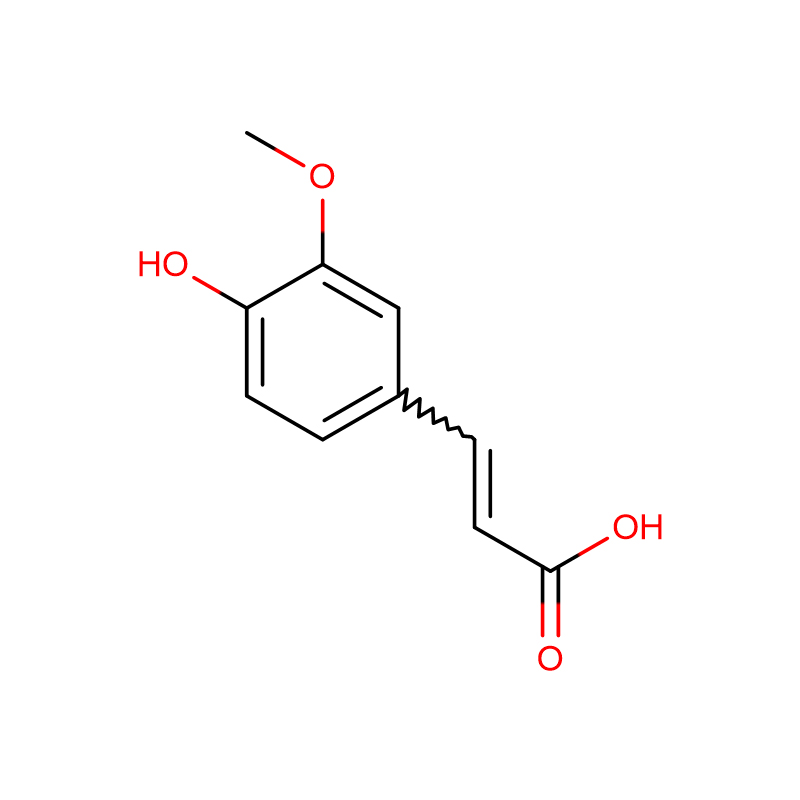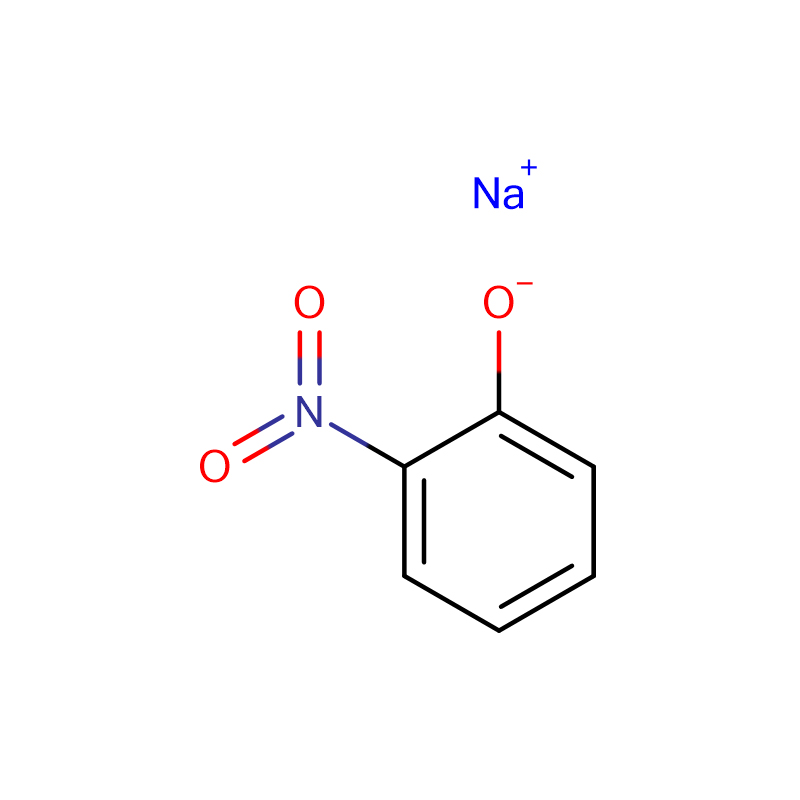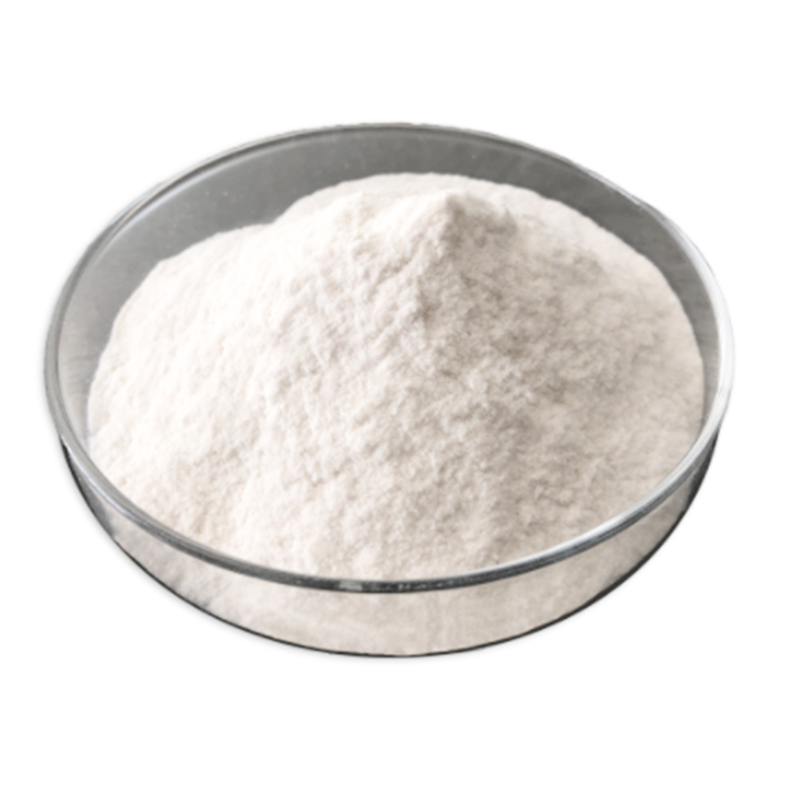β-Nicotinamide Adenine Dinucleotide Phosphate Tetrasodium Salt, reduced form Cas: 2646-71-1
| Catalog Number | XD91946 |
| Product Name | β-Nicotinamide Adenine Dinucleotide Phosphate Tetrasodium Salt, reduced form |
| CAS | 2646-71-1 |
| Molecular Formula | C21H31N7NaO17P3 |
| Molecular Weight | 769.42 |
| Storage Details | -20°C |
| Harmonized Tariff Code | 29349990 |
Product Specification
| Appearance | White to off-white powder |
| Assay | 99% min |
| Melting point | >250°C (dec.) |
| solubility | 10 mM NaOH: soluble50mg/mL, clear |
| Water Solubility | Soluble in water (50 mg/ml). |
| Sensitive | Light Sensitive |
One of the biologically active forms of nicotinic acid. Differs from NAD by an additional phosphate group at the 2’position of the adenosine moiety. Serves as a coenzyme of hydrogenases and dehydroge nases. Present in living cells primarily in the reduced form (NADPH) and is involved in synthetic reactions.
NADPH tetra sodium salt is used as an ubiquitous cofactor and biological reducing agent. β-NADPH is a coenzyme found in all living cells and is involved in redox reactions carrying electrons from one reaction to another. It is used as an electron donor, cofactor for many redox enzymes including nitric oxide synthetase.
β-Nicotinamide adenine dinucleotide 2′-phosphate (NADP+) and β-Nicotinamide adenine dinucleotide 2′-phosphate, reduced (NADPH) comprise a coenzyme redox pair (NADP+:NADPH) involved in a wide range of enzyme catalyzed oxidation reduction reactions. The NADP+/NADPH redox pair facilitates electron transfer in anabolic reactions such as lipid and cholesterol biosynthesis and fatty acyl chain elongation. The NADP+/NADPH redox pair is used in a variety of antioxidation mechanism where it protects agains reactive oxidation species accumulation. NADPH is generated in vivio by the pentose phosphate pathway (PPP).


